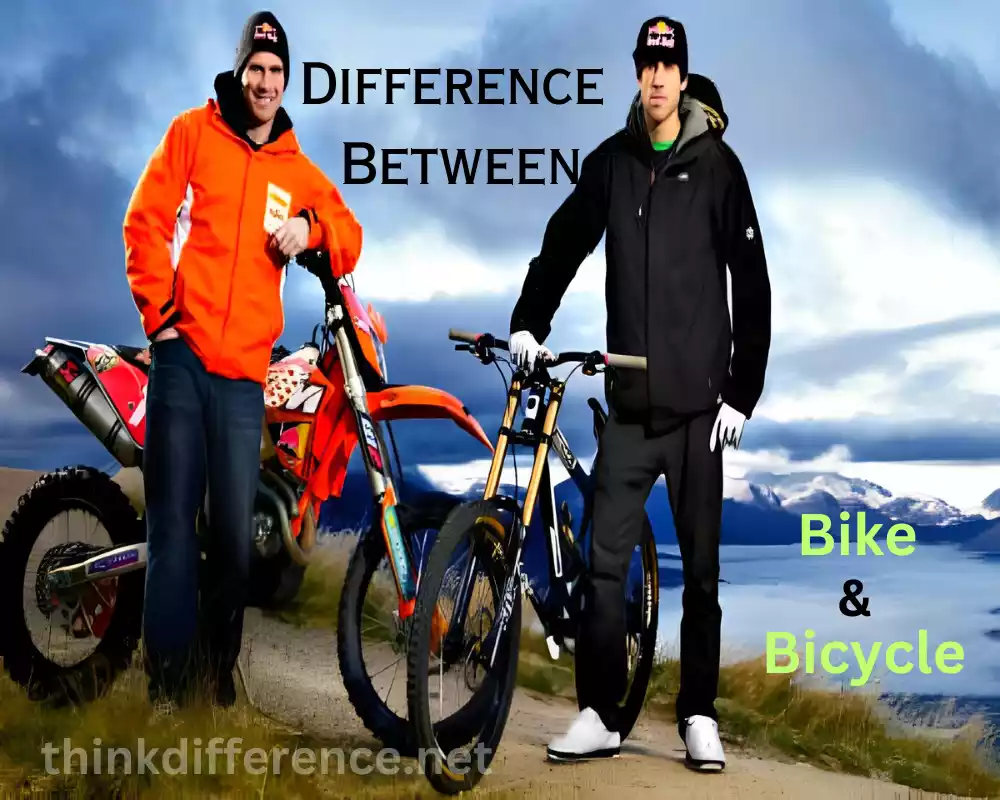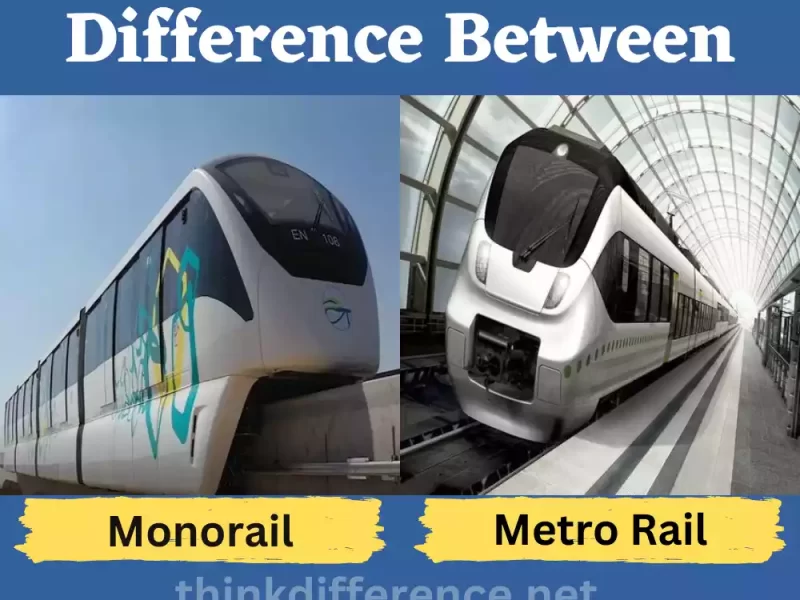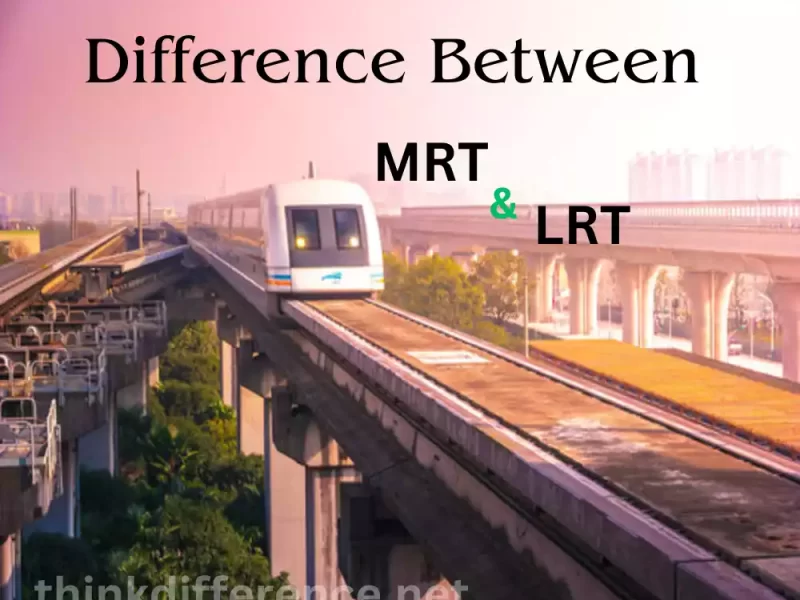An Explanation of Bike and Bicycle
“Bike”, is an inclusive term encompassing any two-wheeled vehicle with or without engines; from scooters and motorcycles powered by engines to non-motorized options like bicycles. Motorized bikes such as scooters and motorcycles require fuel for operation; with higher speeds that make them suitable for long distance travel and subject to specific licensing, registration and traffic regulations; while cruisers and touring bikes fall within this definition.
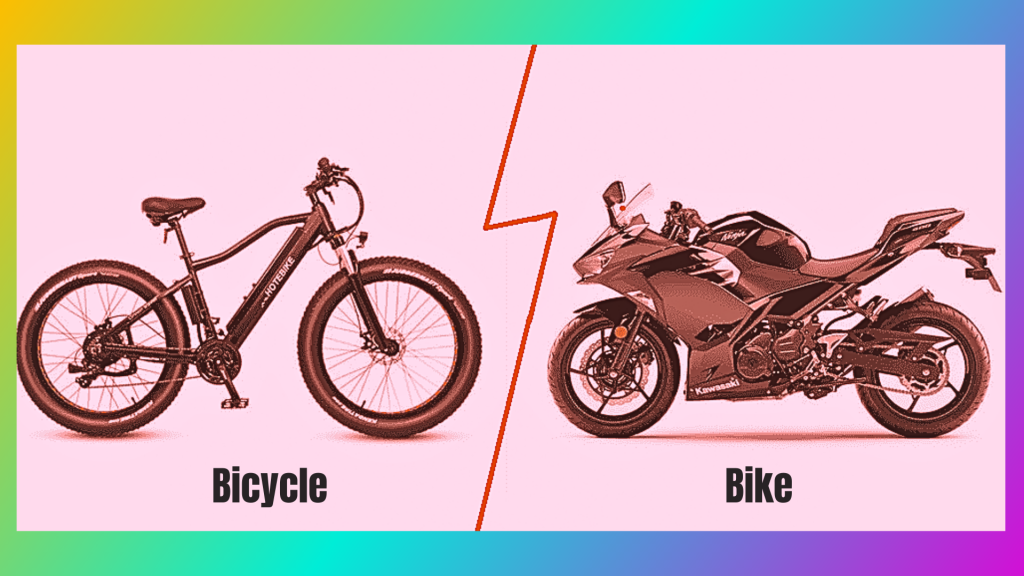
Bicycles are pedal-driven, non-motorized vehicles that are powered by humans. The rider must pedal to generate forward movement. Bicycles tend to be lightweight, streamlined and designed for maneuverability and efficiency. The smaller frames, pedal-driven mechanism and smaller wheels allow the rider to adjust their speed and direction. They are environmentally friendly, as they do not need fuel or charging. Bicycles are used for transportation, commutes, exercise, leisurely rides and different forms of cycling such as road biking, mountain cycling and recreational cycling.
Importance of understanding the difference Bike and Bicycle
Understanding the difference between a bike and a bicycle is important for several reasons:
- Communication Accurate: Knowing the difference between a bicycle and bike allows for precise and clear communication, helping ensure your message is understood without misinterpretations or confusion when talking about specific two-wheeled vehicle types or in discussions regarding cycling or transportation.
- Safe and proper usage: Being knowledgeable of the differences between bicycles and bikes helps individuals select an appropriate vehicle for their purpose. As bicycles are powered by humans, they are perfect for exercise, recreational cycling and commuting while bikes that include motorized two-wheelers such as motorcycles or scooters require licensing, training and compliance with traffic laws – this distinction helps promote road safety while giving individuals greater choice in selecting their ideal ride for them.
- Specificity and precision: When discussing topics related to cycling sports, bike repair or transportation planning. these terms have different connotations – “bike” refers more broadly, while “bicycle” identifies more closely to human-powered pedal-driven bicycles whereas motorized is usually limited. With that distinction comes more precise communication that leads to accurate discussions.
- Environmental Awareness: Understanding the difference between a bicycle and bike is one way of increasing environmental awareness. Bikes, being human-powered vehicles with minimal carbon emissions, make sustainable forms of transport. Understanding their distinction may encourage individuals to utilize bicycles either for short distance commuting purposes or recreational riding, thus decreasing carbon footprints while expanding eco-friendly transportation solutions.
- Appreciation of Cycling Culture: Understanding Cycling Culture Appreciating cycling culture starts by understanding its differences. Understanding various bike types like road, mountain, BMX and electric can give one more of an appreciation of its various forms. By knowing more about features such as features functions subcultures associated with each bike it allows individuals to appreciate all that cycling represents in terms of passion history innovation!
Understanding the differences between bicycle and bike are integral for effective communication, safe vehicle usage, environmental awareness and precision. Being informed allows individuals to make sound decisions while encouraging sustainability efforts as well as engage meaningful conversations about transportation and cycling.
What is Bike?
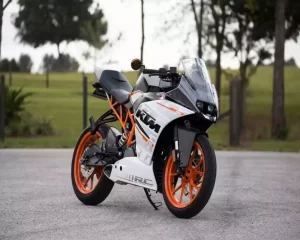
Bike are human-powered two-wheeled vehicles without motors that rely solely on pedal power to propel themselves. Riders pedal in order to move the bike along. Bikes typically consist of frames equipped with handlebars and pedals as well as drive systems consisting of wheels, brakes, chain links and chain drive mechanisms for propulsion.
Bikes come in all different styles and configurations to fit individual riders’ riding preferences and needs. Bicycles range from basic single-speed models for casual rides all the way through more specialized models designed specifically for activities such as road cycling, mountain bicycling, touring, commuting or commuter use.
Bikes can serve many functions beyond transportation: exercise, recreation and sport. Biking provides an eco-friendly means of travel that promotes fitness while opening up outdoor exploration possibilities.
Types of Bike
“Bike” refers to any two-wheeled vehicle powered by two motorized wheels with two or more axles on two separate axles, here are a few types you might come across:
- Motorcycle: Motorcycles are motorized bikes equipped with larger engines and faster speeds, featuring many types of bikes like sport, cruiser, touring models.
- Scooter: Scooters or motorized bikes equipped with step-through frames and smaller engines, provide efficient transportation in urban settings – providing both fuel efficiency and convenient mobility solutions.
- Mopeds: Mopeds are motorized bicycles featuring smaller engines and pedals for short-distance transport purposes; legal definitions differ depending on where they’re used. They’re generally classified as short distance travel vehicles.
- Dirt Bikes: Dirt bikes are motorized off-road bikes designed to be ridden on unpaved surfaces like dirt tracks, trails or motocross circuits. Their rugged designs feature knobby tires with suspension systems to handle rough terrain as well as perform stunts or perform jumps safely and jumps safely over obstacles.
- Sports bike: Also referred to as superbikes or sport bikes, sports bikes are high-performance motorcycles designed for speed and agility. Equipped with powerful engines, aerodynamic fairings and aggressive riding positions.
- Cruiser: Cruiser Motorcycles emphasize comfort and relaxed riding. Common characteristics include low slung models with wide handlebars for relaxed operation – popular choices for touring long distances as well as leisurely excursions.
- Touring Bike: These bikes are purpose built for long distance travel and feature stability, comfort and storage space – ideal for cross-country adventures! Touring bikes often come equipped with large fairings that protect riders while they take in scenery from far and wide.
- Adventure Bike: Adventure bikes, also referred to as adventure tourers or dual sport bikes (DSB), combine on and off road riding capabilities using rugged construction with long travel suspension and flexible tires for an unparalleled riding experience.
These are only some of the available bicycle types; each offering its own distinct set of features to meet specific riding preferences and meet intended uses, riding styles and comfort needs. When making your selection consider factors like intended purpose, riding style preferences and personal taste when making an informed choice.
What is Bicycle?

Bicycles known as two-wheel vehicles driven solely by humans, consist of two wheels and require their riders to pedal forward by pressing pedals against handles bars or pedals on both wheels to propel themselves. A bicycle includes numerous key components including handlebars and pedals on its frame as well as its drivetrain that includes chain, gears and brakes to move its rider along its journey.
Bicycles are lightweight and versatile vehicles designed for travel on various terrains and styles of riding. There are various styles and configurations of bicycles designed specifically to meet rider requirements and purposes; there are numerous road bikes and mountain bikes, hybrid bikes, city bicycles and touring bicycles all featuring specific characteristics designed specifically to make each style of riding experience better than another.
Bicycles can be utilized as vehicles of transport, exercise, recreational activities and sports competition. Bikes provide an eco-friendly mode of travel which enables long distance journeys with reduced carbon emissions while improving cardiovascular fitness, muscular strength and mental well-being. Bikes also make great leisure rides or commuter options while being used to tour around a country or compete in cycling races – the versatility makes bicycles perfect additions in every aspect of daily life!
Types of Bicycles
Each kind of bicycle is tailored specifically for its intended use or terrain, Here are a few common ones:
- Road Bicycle: Road Bicycle are designed specifically for riding on pavement, featuring lightweight frames with narrow tires and drop handlebars to maximize speed and efficiency on long distance journeys, group rides or racing competition. They’re an excellent choice for long rides between destinations or racing competition.
- Mountain Bicycle: Mountain Bicycle were specifically designed to handle rugged terrains and off-road trails. Equipped with wide knobby tires for improved traction and shock absorption as well as sturdy frames, mountain bikes can be found being used for trail riding, cross country cycling, downhill races or bikepacking activities.
- Hybrid Bicycle: These bikes combine the advantages of both road and mountain bikes to offer versatility across a range of terrain. Common features on hybrid bicycles are more upright seating position with wider tires to increase stability as well as mix of road-based components that offer light off-road capabilities. Hybrids may be ideal for recreational riding, commuting and light off-road trails alike.
- City/Urban Bicycle: City bikes are designed specifically to facilitate city riding and commuting, with upright positions, fenders and racks that prioritize comfort and practicality for everyday city life – sometimes they even include built-in baskets or lights! Ideal for daily commuting needs as well as leisurely strolls through urban environments.
- Touring Bicycle: Touring bikes are designed for multi-day, long distance cycling trips and feature strong frames with relaxed geometry that support mounting panniers and racks to transport gear. Ideal for self-supported tours with heavy loads.
- Folding Bicycle: Folding bicycles are compact bicycles designed for easy storage and transportation, featuring hinges that fold them compactly when not in use, making them great choices for commuters who travel frequently or only have limited storage space at their homes or workplace.
- Electric Bicycle: Ebikes feature electric motors and batteries to aid pedaling, providing extra power when climbing hills or riding long distances. There are various kinds of e-bikes such as mountain and urban versions.
- BMX Bicycle: BMX Bicycle were specially made to tackle bicycle motocross racing (BMX) as well as freestyle riding. Equipped with sturdy components to enable stunts such as jumps and tricks, BMX bikes can be found both skate parks and dirt tracks.
Here is an introduction to some of the many types of bicycles currently available, each designed specifically to cater to different riding styles, terrains and purposes. When selecting your new bicycle you should select a model which meets both of these criteria – your riding style as well as intended use should come first!
Differences between Bike and Bicycle
There are various distinctions between bicycling (often referred to as biking) and bike ownership that set these two terms apart, here are a few key ones:
- Motorized Vs Human-Powered: The main distinction lies in how each bike’s propulsion method differs; bikes use internal combustion engines while bicycles rely on leg power from riders for propulsion forward movement.
- Licensing and Regulations: Motorized bicycles must comply with traffic laws and have specific licenses and registrations; riders must possess driving licenses that adhere to traffic rules as well as safety regulations; human-powered bicycles often do not need registration or licensure but still may require safety gear registration, local cycling laws compliance and infrastructure-specific rules to operate effectively.
- Speed and Power: Motorized bikes tend to travel at higher speeds with greater power than bicycles, as their engines enable acceleration to higher speeds while bicycles rely solely on rider power to reach lower speeds.
- Design and Construction: Bikes vary significantly in their designs according to their intended usage and mode of propulsion, such as motor or pedal propulsion. Motorcycles tend to feature larger frames to house motorized parts like motors and fuel tanks while bikes may offer features like headlights or larger wheels for increased propulsion; human powered bicycles have smaller frames with pedal-powered mechanisms and feature sleeker lighter designs than their motorcycle counterparts.
- Fuel requirements: As motorized vehicles, bikes require fuel such as gasoline or an alternative source for their engines to run smoothly; refilling is generally necessary from time to time in order to remain running at full potential. Human-powered bicycles do not need this extra element since their rider provides power instead.
- Environmental Impact: Bikes tend to have greater environmental ramifications due to being powered by motors; motorized vehicles contribute significantly more pollution and greenhouse gas emissions compared with bicycles powered solely by humans and emitting no greenhouse gasses; which make bicycles an environmentally-friendly mode of transport.
- Purpose and Use: Bikes can be an efficient means of travel for long distance commuting, sightseeing or recreational purposes; as well as sports competition. While still used as transportation means, bicycles tend to be associated with leisurely rides over shorter distances rather than for urban commutes.
Understanding the differences between motorized and cycling transportation can help ensure you select an ideal vehicle, comply with applicable regulations, and guarantee safety.
Similarities between Bike and Bicycle
“Bike” and “bicycle”, while often interchanged by the public, do have some distinguishing factors that differentiate one from the other:
Here are a few key differences between bicycle and bike models:
- Two-Wheeled Vehicle: Bikes and bicycling both share two wheels which serve to provide stability and support when in motion.
- Pedal Power: Bicycles and bikes both rely on pedal propulsion. A rider pushes their legs against pedals in a circular fashion to convert energy into forward movement and propel themselves.
- Handlebars to Steer: Bikes and bicycles both feature handlebars which allow riders to control the direction of their vehicle by turning its handlebars. Steering can be accomplished simply by turning either set.
- Braking Mechanisms: Both bikes and bicycles utilize brakes to slow the vehicle and regulate speed, including three types: rim brakes and disc brakes.
- Basic Components: A bicycle and bike share some core components in common, including their frames and wheels as well as seats and chains; though their appearances and configuration may differ between vehicles, each requires these essential parts for effective functioning.
- Transport and recreation: Bikes/bicycles can serve both transportational and recreational needs, from commuting to work or running errands to leisurely rides or fitness riding activities.
- Health and Fitness Benefits: Biking provides numerous health and fitness advantages. Both activities help improve cardiovascular fitness, stamina, muscle strength and wellness – plus contribute significantly towards bettering overall wellbeing.
Though there may be similarities, it’s important to keep in mind that while both terms encompass two-wheeled motorized vehicles such as motorcycles or scooters, “bike” also refers specifically to bicycles which are powered solely by human power.
Summary
Bikes and Bicycles have come a long way since their inception, transforming the way we travel, exercise, and enjoy leisure time. Their eco-friendly nature, health benefits, and the sheer joy of riding make them invaluable assets to society.

